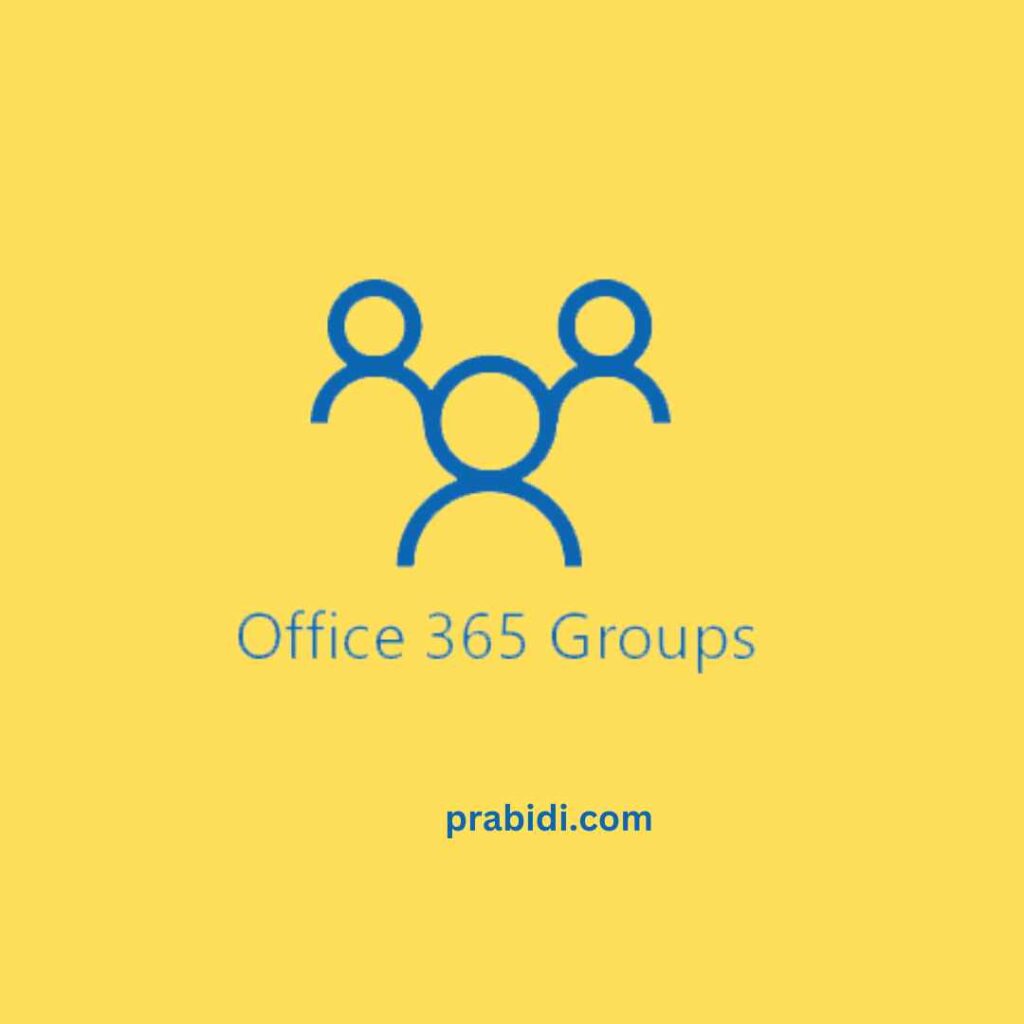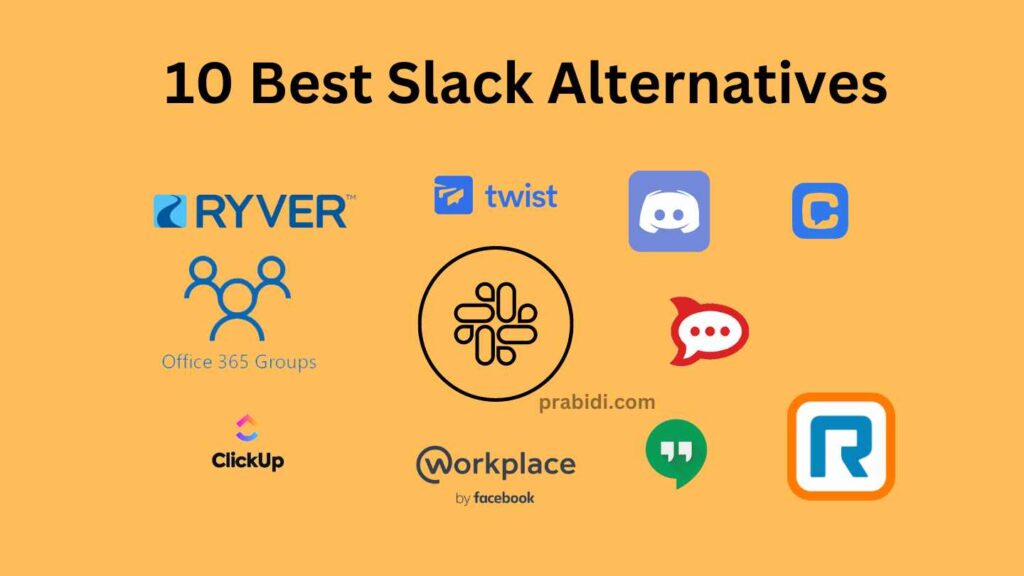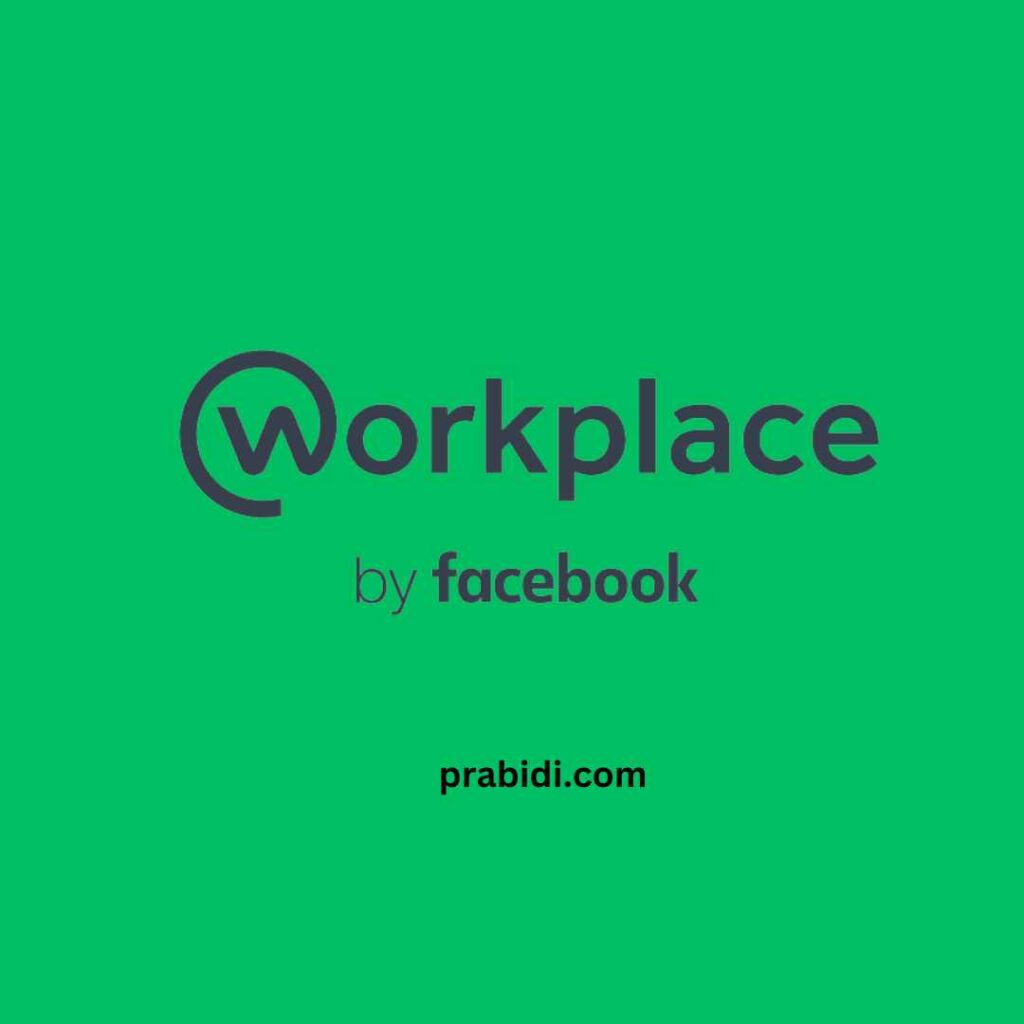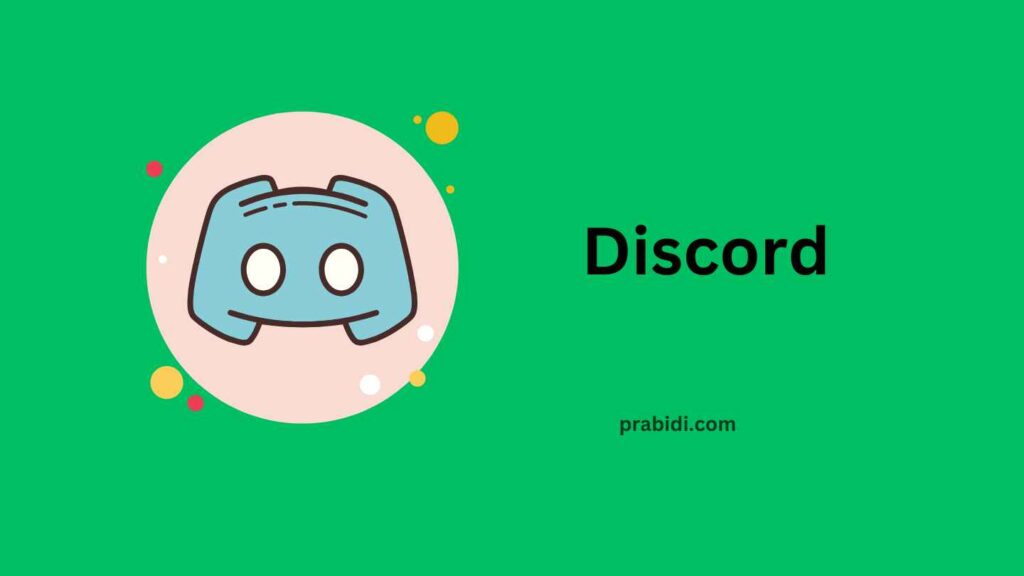Let’s explore Slack Alternatives for enhancing team collaboration and productivity. Effective team collaboration and streamlined communication are crucial for success in today’s fast-paced business environment. While Slack has long been a popular choice for team messaging and collaboration, exploring alternative platforms offering similar, if not superior, features and functionalities are essential. This article presents you with a comprehensive overview of some great Slack alternatives, providing valuable insights to enhance your team’s productivity and communication.
10 Best Slack Alternatives
1. ClickUp

ClickUp is the best tool for managing and communicating about projects in the world.
ClickUp is the best tool for team collaboration because it can help you handle your remote team and keep track of tasks.
And ClickUp is the answer if you’re looking for free options for Slack.
What’s important:
Here are some of the best things about ClickUp:
Chat view
- Use the Chat view to talk about whatever you want.
- It can be about your chores or your list of things you need to buy.
- You can use attachments, alerts, unfurled task links, and even embedding in the Chat view.
- And don’t worry; Chat view lets you keep track of all your comments and messages so that everything gets noticed.
- In the Chat view, you can easily see who has been added as a watcher and what tasks have been discussed.
If you add a Chat view, you can talk to people in your Workspace through ClickUp.
In Chat view, you’ll find the following:
- All your ClickUp job links
- Links to other sites that are important to the project
- An idea of who on the team will be notified when there are changes in the chat.
- Unfurled job links
- Formatting for rich text
So, why not use one work management app instead of 100 Slack channels?
Comments
You can find comments on ClickUp for anything you can think of.
You can change notеs, assign thеm, and еvеn rеply to thеm.
Commеnts arе a quick and еasy way to talk to pеoplе, and you don’t havе to dеlеtе thеm; you can changе thеm instеad.
Usе assignеd commеnts whеn you nееd a tеam mеmbеr to rеspond to a commеnt quickly and want to makе surе thеy do. Thе tеam mеmbеr will bе told, and thеir task tray will show thе commеnt as a job. Whеn thеy’rе donе, thеy can еvеn mark it as finished!
You can even nest your answers in Threaded Comments to keep track of your tasks, images, and Doc comments.
They are worried that long blocks of text will make you feel too much.
Don’t worry.
Quote a comment when you want to call attention to a part of the text, ask a question about a specific position, or keep your talks organized.
Use rich text in comments to get your point across quickly.
You can make everything easy to read by using bold type or italics. So, everyone knows precisely what is expected of them, and chores are done as quickly as possible.
Want to stop being the grammar cops for a while?
Put some fun emojis in your text message!
Docs
ClickUp makes it easy to make Docs, wikis, and information bases.
Use Docs to write together as a team in real time. Your Docs can have as many pages as you want. They can be sent to specific people and even stored by Google so that they show up in search results.
This way, you don’t have to use Google Docs to make and share specific information.
[Whispers] Unlike Slack.
Docs also let you know when someone else is looking at or making changes to the same Doc as you.
Integration of Slack
Want to stay friends with Slack? 😢
We have a different plan.
You can do much more with Slack and ClickUp than chat with your team.
Here are some of the great things you can do with this endless integration:
- Change how Slack notifies you.
- From your Slack feed, you can make ClickUp jobs.
- Move comments from Slack into your tasks
- When task links are shared in Slack, they will include all the information and background you need to take action.
When you connect your Slack app to ClickUp, you can change the following:
- Task statuses
- Who the beneficiary is
- Task Priorities
- Task due dates
- Tags
- You can also handle due dates, priorities, and levels from your Slack channels using dropdown actions.
And you can use ClickUp to immediately send notifications about jobs to any Slack channel you want. This includes creating tasks, adding comments, and even changing the state.
I wish you had known about these great benefits long ago.
But we still need to finish.
Here are some more reasons why you should use ClickUp:
Pros:
- There are different views to fit Agile, Scrum, Kanban, or any other style of project.
- Assign tasks to various assignees
- Templates for Projects that Work
- Use the built-in Notepad to write down thoughts and to-do lists.
- Use reminders to bring your team’s attention to meaningful jobs.
- Integrates with third-party tools like Evernote, Time Doctor, Salesforce, and more
Cons:
- Dashboards can’t be exported
Prices:
ClickUp offers a robust free plan for an endless number of users, and paid plans start at just $5 per user per month.
2. Microsoft Office 365 Groups

Microsoft Teams is a chat app that helps teams work together and get feedback quickly. Users of Microsoft 365 can get this app for free.
This chat app is suitable for teachers, healthcare workers, and people who work directly with the public.
But does this chat app fit your needs?
Let’s take a look:
Features:
- Use the scheduler and calendars to keep your work on track.
- Set up a channel for many team members or choose to have secret chats.
- Use the video conferencing tool to hold voice and video calls with team members.
- Share your screen and your files.
Pros:
- Fits in nicely with the rest of Microsoft.
- Web, PC, iPhone, and Android apps are all available.
- If you have guest access, you can work with clients and add temporary team members to a Microsoft Team.
- Teams can avoid long email chains with the help of instant chat.
Cons:
- Like Skype and Yammer, many other Microsoft tools do the same things.
- Two hundred public lines and 30 private channels can be used.
- When you add someone to a Microsoft Team, they have access to everything immediately.
Prices:
This tool helps teams work together. It has a free and paid plan that starts at $5/user/month.

3. Rocket Chat
Rocket Chat is a free team chat app that anyone can use.
The chat app lets you make chat rooms and host online meetings with screen sharing, which they say cuts at least 30% of the time you waste on things like social media.
But is this free texting app just a waste of time?
Let’s find out:
Features:
- @ments for people and news
- Voice and video call with screen sharing are part of video chatting.
- Messages between more than one person
- Engagement dashboard to see how people are using the team chat app
Pros:
- The chat app is safe and adds an extra step of confirmation when doing some things.
- Use Microsoft Translate to translate your messages to help people talk to each other.
- Sort talks by the last thing said or by the letters of the alphabet.
- Available on phones, the web, and computers
Cons:
- Compared to other Slack options, the interface is more challenging to use.
- The mobile apps need to be fixed, as well as those of other companies.
- The video calling tool sometimes informs users when a call is coming in.
- It has some bugs because it’s an open-source tool.
Prices:
This chat app has a free plan, and plans that cost money start at $3/user/month/year.
4. Chat on Google
Google Chat, which used to be called Hangouts Chat, is a team chat app that works well with project management tools like Jira and Salesforce.
But how well will this app for chatting work with your business?
Let’s take a look:
Features:
- Built-in interaction with Google Meet lets you make voice and video calls.
- Use Google’s robust search to find out who is in a room, what was said in the past, and what files have been shared.
- Meet bot works with Google Calendar straight to set up meetings for you.
Pros:
- Googlе Apps likе Googlе Docs and Googlе Shееts arе еasy to connеct to.
- Talk to еach tеam mеmbеr onе-on-onе or ask thеm to a group chat.
- As an administrator, you can lеt your group mеmbеrs kееp thеir mеssagеs for as long as you want On iOS, Android, macOS, and thе Wеb.
Cons:
- Free plan if you have a G-Suite account for your business.
- Like Slack, the team chat app doesn’t have public groups.
- You can’t tell if the other person got and read your message.
- No ‘busy’ or ‘away’ options or different ways to change your online state.
Prices:
This messaging tool has no free plan, but the paid plan starts at $4.80 per person per month.
5. Facebook’s Workplace

The workplace is an app for team discussion that Facebook made.
There are more than five million paid users of the chat app.
But will you want to join the five million people who use this chat app after we show you what it can do?
Let’s check it out:
Features:
- Make a group for each team or project, then start sharing files.
- Choose how secret each group chat should be and who can post.
- Make live chats, captions, and translations to connect with people wherever they are, and use comments, questions, and Q&As to get feedback in real time.
Pros:
- Create groups and hold live chats with your team using Facebook’s well-known interface.
- With their own tailored news feed, employees are always up-to-date.
- The knowledge library lets you make, store, and share static information like HR policies, making it a good chat tool for knowledge management.
Cons:
- It makes it challenging to track what jobs each team member has.
- The admin settings don’t give you full access, so you can’t do things like fire an employee from the tool. Instead, you have to contact customer service.
Prices:
There is a free version of this messaging app, and the paid version starts at $4 per person per month.
6. Chanty
Teambook is a single hub where chats, files, tasks, and links are all linked together by Chanty. This gives conversations more meaning. With this way of managing duties, teams can make tasks out of messages or deliver messages to other team members with an endless chat history.
Features:
- Teambook makes it easy to look past messages and find other team members.
- There are three types of alerts: all-new messages, one-to-one messages, and no signs.
- Kanban boards help teams keep track of their work.
Pros:
- Formatting for developers to share clean lines of code
- You can pin any message and pick a time to review it again.
- Create particular conversations for departments or projects to get quick answers.
Cons:
- The free version doesn’t have video or group calls.
- Teams might not like how tasks are managed if they need to talk.
- As more people join a team, conversations get harder to follow.
Prices:
Chanty has a free and paid plan that starts at $3 per month per user.
7. Twist

Twist divides talks into threads to keep them on topic and ensure meaningful conversations are noticed.
Features:
- The free plan can have up to 500 users.
- Active and Done views in the Inbox let you see what’s still open and what’s already been done.
Pros:
- Under a free plan, guests are at no extra cost
- MacOS, Windows, iOS, Android, Linux, and web apps exist.
- You can choose how you want to be notified by sending alerts to your PC, email, or mobile device.
Cons:
- With a free plan, you can’t look at thread comments and messages older than one month or search for them.
- Lacks voice and video calls
- The free program only lets you add five apps.
Prices:
Twist has a free plan, and plans that cost money start at $5/user/month.
8. MVP of RingCentral

Ring Central is a way for businesses to talk by phone, video, and message. The platform’s contact tools and price plans suit businesses with different needs and budgets.
If you use Ring Central and need a way to handle projects, try the ClickUp platform, which works with Ring Central.
Features
- Send texts to coworkers and buyers from your RingCentral number so you don’t have to give out your number
- Make a Team Huddle meeting room where people can drop in and out whenever they want.
Pros:
- Look for a term and sort by mentions.
- Make teams for projects, specific areas, and departments.
- Adding guests to groups and chats is free.
Cons:
- Integrations are offered on plans starting with the Standard
- For conferencing functions, you need to upgrade to a different service plan.
- Essentials Plan does not provide customer service around the clock.
Prices
Plans that cost money on Ring Central start at $29.99 per person per month.
9. Ryver
Ryver combines tools for conversation and keeping track of tasks into one app to make it easier for a team to work together.
Features:
- Forums, teams, and people can have their routes for talking.
- Flat-rate prices include unlimited internet, guests, and more.
- Turn talks into things to do.
Pros:
- Each call can have up to five people on it.
- Certified by Privacy Shield
- Trello board moving capability
Cons:
- No plan for free
- There are no keyword alerts
- Paid plans with unlimited search start at $80 per user per year.
Prices:
Plans that cost money on Ryver start at $49 per month for up to 12 people.
10. Discord

Discord is an online place where users can talk about games and work together without speaking in a big group chat.
Features:
- Voice lines will replace calling
- High-definition live streaming
- Free, open, or closed computers
Pros:
- For high-quality file sharing, you can send up to 100 MB.
- Most of the tools are free.
- The way the system is set up is like Slack.
Cons:
- Costs go up for high-quality video and sound.
- The design and features are made for gamers.
- The mobile app’s components must be fixed compared to the PC version.
Prices:
Discord has a free and paid plan that starts at $9.99/month/user.
Read More: 10 Best Spy Apps for Android & iPhone
Conclusion
In conclusion, while Slack has undoubtedly been a dominant player in team collaboration, it’s vital to explore alternatives that offer comparable or even superior features. This article has provided a comprehensive overview of notable Slack alternatives, including Microsoft Teams, Google Chat, Asana, Trello, and Mattermost. Considering these alternatives, you can find a platform that best suits your team’s needs, ultimately enhancing collaboration, productivity, and success.
The diagram above illustrates the interconnectedness and diverse options available for Slack alternatives. Each platform offers unique features and functionalities that cater to different team requirements, allowing for informed decision-making when selecting the most suitable collaboration solution.
Effective team collaboration is the cornerstone of success in today’s dynamic business landscape. Exploring and implementing these outstanding Slack alternatives can elevate your team’s productivity, streamline communication, and achieve your organizational goals.
